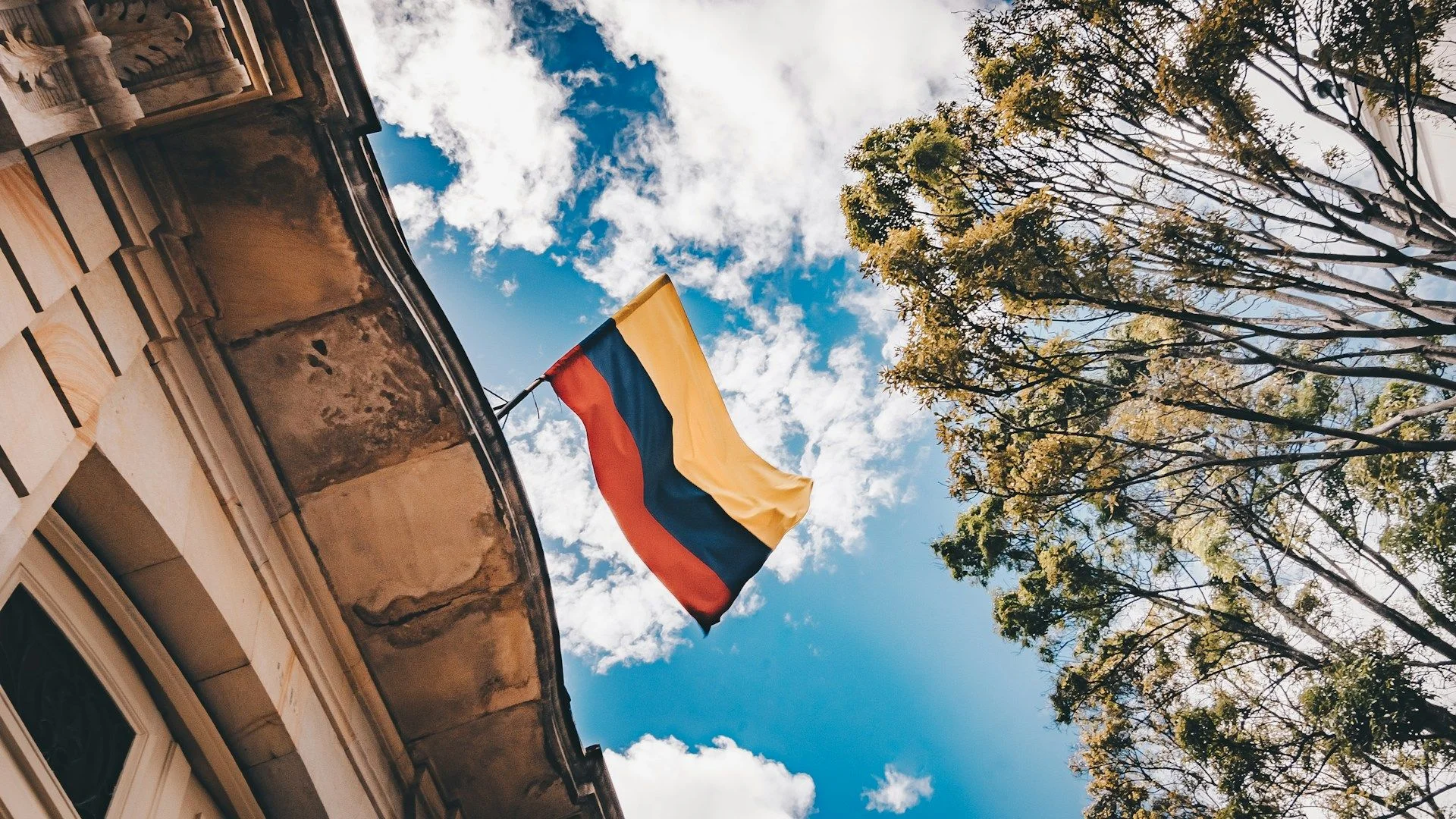Secondary Homes for Sale in CaliApartments in capital ofsalsa and sun

Best offers
in Cali
Benefits of investment in
Colombia real estate
Vibrant cities with modern living
Medellín and Bogotá offer a mix of new developments, urban culture, and rental activity.
Active rental demand from international residents
Colombia’s warm climate and affordable cost of living attract global tenants and digital workers.
Full ownership and dynamic local market
Buyers enjoy direct property rights and strong resale potential in city centers.
Vibrant cities with modern living
Medellín and Bogotá offer a mix of new developments, urban culture, and rental activity.
Active rental demand from international residents
Colombia’s warm climate and affordable cost of living attract global tenants and digital workers.
Full ownership and dynamic local market
Buyers enjoy direct property rights and strong resale potential in city centers.

Useful articles
and recommendations from experts
Why Secondary Real Estate in Cali Appeals to Global Investors
Cali, Colombia’s salsa capital set along the Cauca River valley, is rapidly gaining traction among English-speaking buyers seeking dynamic resale opportunities. Secondary real estate in Cali—ranging from modern condominium towers in Ciudad Jardín to restored Spanish-colonial homes in San Antonio and townhouse clusters in Pance—often trades 15–30% below new-project pricing. International investors benefit from immediate occupancy, strong long-term lease demand from university students and corporate staff, and secure ownership through Colombia’s Torrens property registry. With transparent closing costs, no restrictions on foreign nationals, and rental yields driven by cultural tourism and the burgeoning tech sector, Cali’s resale market blends vibrant lifestyle appeal with attractive returns.
Neighborhoods Driving Rental Demand
Ciudad Jardín, Cali’s upscale south-side enclave, features luxury high-rise condos offering resort-style amenities, private parking, and 24/7 security. Resale units here yield 5–7% gross to expatriate families, senior executives at nearby industrial parks, and visiting faculty at Universidad Icesi. Buyers often negotiate seller credits for kitchen and bathroom upgrades—adding high-end finishes and smart-home features—to boost achievable rents by up to 20%.
Historic San Antonio draws students and creative professionals. Colorful colonial houses converted into multi-unit apartments yield 6–8% when leased to language-school attendees and NGO workers. Value-add investors capitalize on hillside panoramas by installing balconies and panoramic windows, enabling nightly-rate surcharges of 25–30% during cultural events like the Petronio Álvarez festival and Feria de Cali.
In the west, the Pance district offers gated-townhouse communities surrounded by coffee plantations and green hills. These resale townhomes—built in the early 2000s—trade at discounts yet yield 4–5% to long-term tenants: wellness retreat operators, eco-tour guides, and domestic families seeking tranquility. Upgrading landscaping and adding private plunge pools can lift net rents by 15–18%, while proximity to the Club Campestre Golf Course maintains occupancy above 90%.
Legal, Tax, and Financing Essentials for Non-Residents
Purchasing secondary real estate in Cali follows Colombia’s established Torrens system. Foreign buyers simply produce a valid passport and tax ID (NUIP) to register titles at the Oficina de Registro de Instrumentos Públicos. Closing costs—covering notary fees (0.5%), registration tax (1%), and legal/agent commissions (1–2%)—total approximately 3–4% of the sale price. There are no quotas or special approvals for non-residents acquiring residential property.
Local lending institutions such as Banco de Occidente and Davivienda provide mortgages to eligible foreigners, with typical loan-to-value ratios of 70% and interest rates around 10–12% APR. Many overseas purchasers blend local financing with bridge loans from home-country banks to hedge against peso fluctuations. Capital-gains tax is 10% for properties held under two years and 5% thereafter; inheritance is not taxed, preserving equity transfer to heirs.
Due diligence should include an encumbrance search, confirmation of building-permit compliance, and review of homeowners’-association reserves in gated communities. Engaging a Cali-based attorney ensures clear title, verifies zoning for short-stay use, and manages escrow processes in line with Colombia’s anti–money-laundering regulations.
Cali’s transport developments bolster its secondary market. The MÍO BRT network connects central zones to Ciudad Jardín and Pance in under 30 minutes, driving resale-price premiums of 5–7% for properties within 300 meters of BRT stations. Road upgrades on Avenida Cañasgordas and the planned tram line to San Antonio further enhance accessibility, expanding tenant catchments for resale flats and homes.
Long-stay rental segments include university students at San Buenaventura and Pontificia Universidad Javeriana campuses, corporate teams in manufacturing and logistics, and expatriate families linked to nascent tech hubs in Ciudad Empresarial. Short-stay demand peaks during Feria de Cali and the World Flamenco Festival, with serviced-resale apartments near La Ermita and Granada achieving occupancy rates above 80%. Professional property managers handle marketing, maintenance, and financial reporting, enabling foreign owners to enjoy passive-income streams with clear monthly statements.
Micro-niche opportunities in Cali include converting older bungalows in Granada into co-living residences for digital nomads—securing blended yields of 7–9%—and targeting heritage units in Bolivariana for boutique guesthouse operations. By understanding neighborhood nuances, leveraging Colombia’s predictable legal framework, and aligning acquisitions with transport and festival calendars, global investors can capture both vibrant cultural experiences and sustainable returns in Colombia’s most dynamic metropolis outside Bogotá and Medellín.
